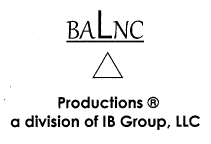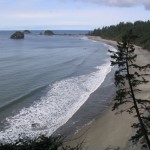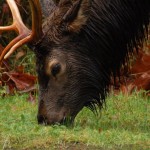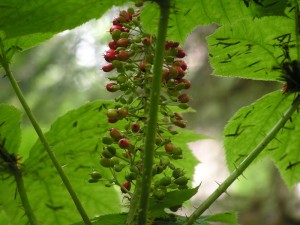WHAT & WHY
Throughout time, closed-water-bodies have been formed in rocky depressions or those found in impermeable soils. Transformed over thousands of years by the steady accumulation of water, silt, plant matter and airborne debris, these micro-environments (known as aquatic ecosystems) are as rich as they are important to that which they support.
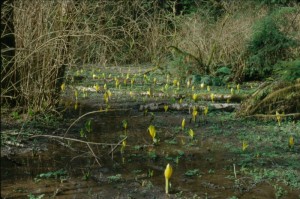 Eventually the plants growing at a pond’s edges contribute an increasing amount of organic material, acting to shrink its size. Plants from the edges inward fill the pond with a mat-work of vegetation that may literally float on the surface. This process, called succession, continues until the pond becomes a watery bog, with sufficient footing to walk through, but not without difficulty. The changes continue—with an ever-increasing amount of plant life and its cast off material being deposited in the water—until the bog evolves into a wetland. This process often creates meadows which may eventually be reclaimed by the forest. This evolution can happen faster in some areas than others such that ponds, bogs and wetlands can often be viewed in the same general vicinity.
Eventually the plants growing at a pond’s edges contribute an increasing amount of organic material, acting to shrink its size. Plants from the edges inward fill the pond with a mat-work of vegetation that may literally float on the surface. This process, called succession, continues until the pond becomes a watery bog, with sufficient footing to walk through, but not without difficulty. The changes continue—with an ever-increasing amount of plant life and its cast off material being deposited in the water—until the bog evolves into a wetland. This process often creates meadows which may eventually be reclaimed by the forest. This evolution can happen faster in some areas than others such that ponds, bogs and wetlands can often be viewed in the same general vicinity.
These areas are home to insects and invertebrates, fish, amphibians and reptiles. 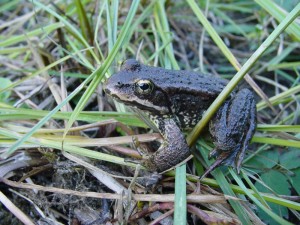 These in turn attract and nourish birds and predators, such as raccoons, bobcats and coyotes. In the Park, black bears are also attracted to these areas because they like to unearth and feast on the large bulbs of the aptly named Skunk Cabbage, a member of the lily family.
These in turn attract and nourish birds and predators, such as raccoons, bobcats and coyotes. In the Park, black bears are also attracted to these areas because they like to unearth and feast on the large bulbs of the aptly named Skunk Cabbage, a member of the lily family.
While hikers may be pleased with the sight of the flora and fauna, and the fragrance produced by many wetland plants, such as Douglas Spirea, encounters with others—like Nettles and Devil’s Club—can cause pain and discomfort and should be given a wide berth.
WHEN & WHERE
Wetlands occur throughout the Park and can be viewed in any season. However, the greatest concentration is within the Coastal Strip, most easily accessed at Lake Ozette.
Click here to view the Park’s extensive study of wetland plants:
